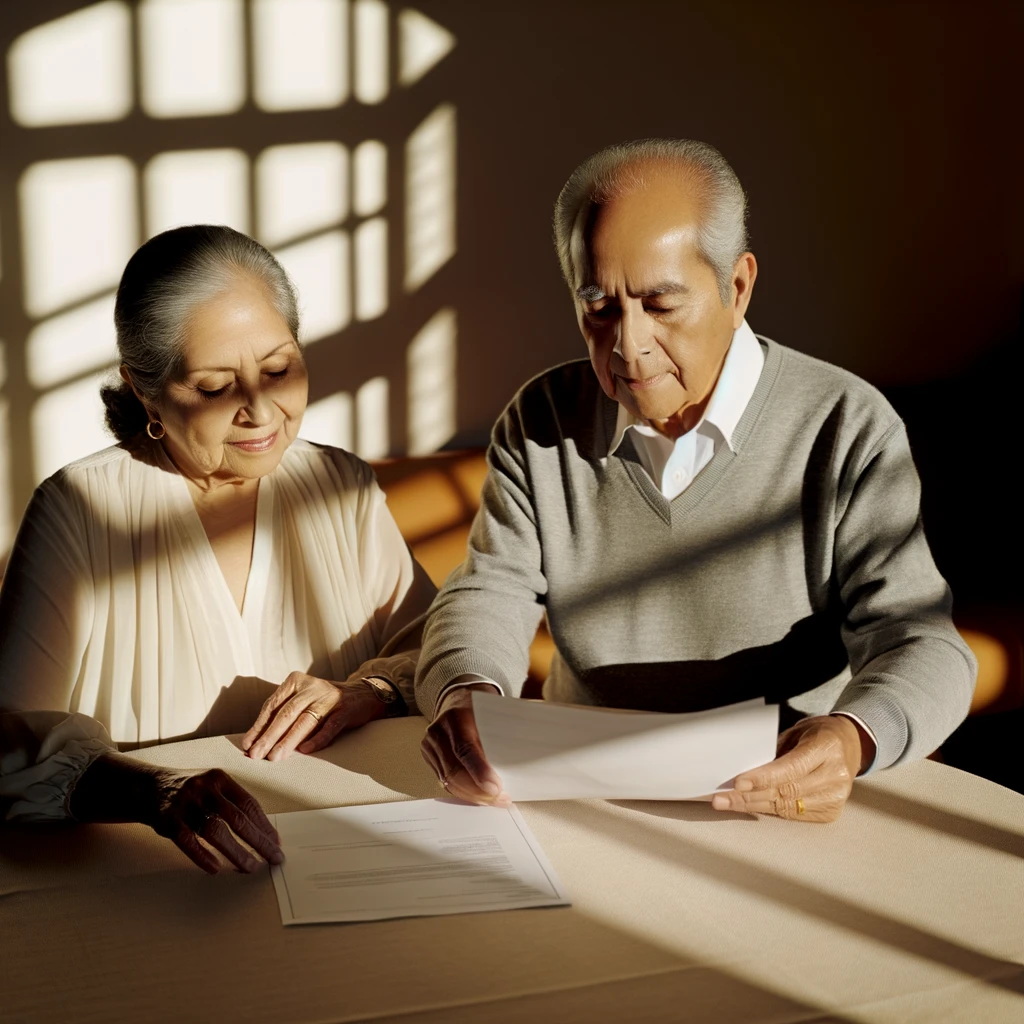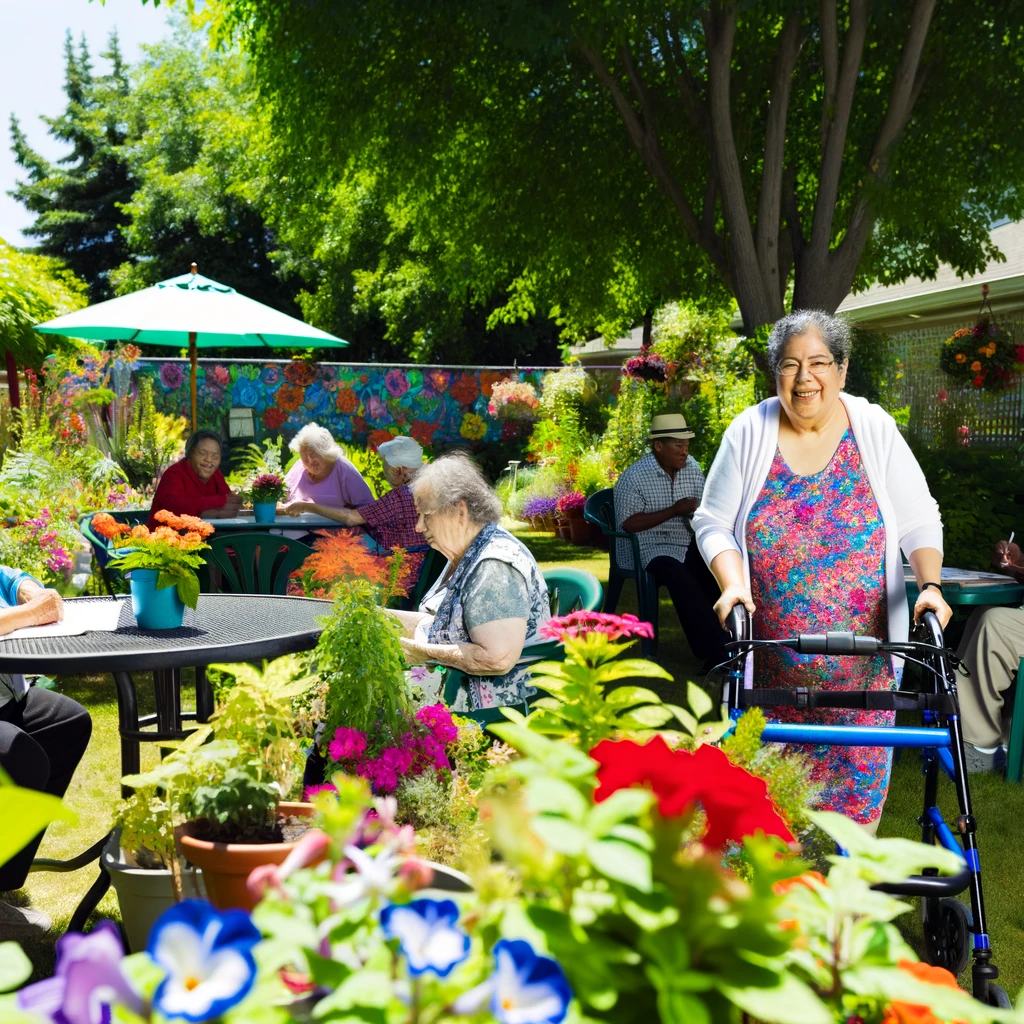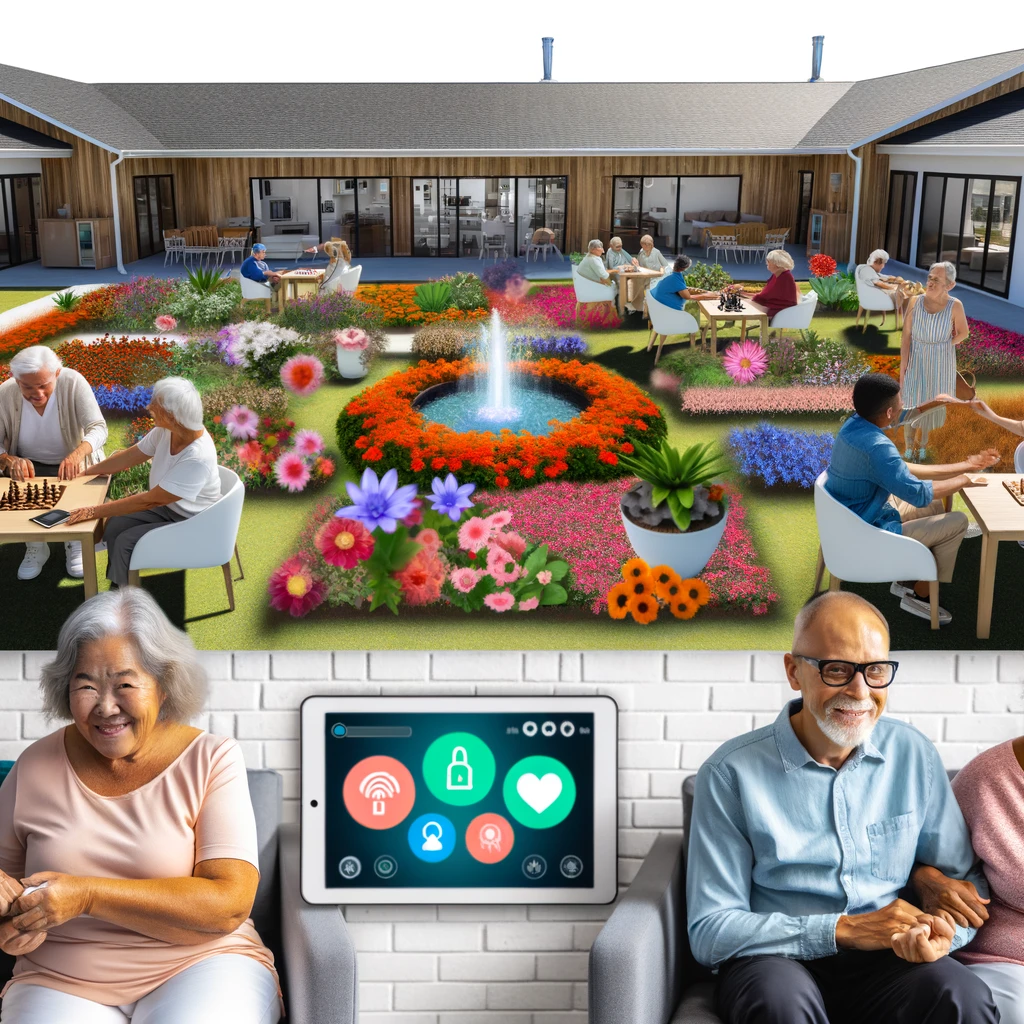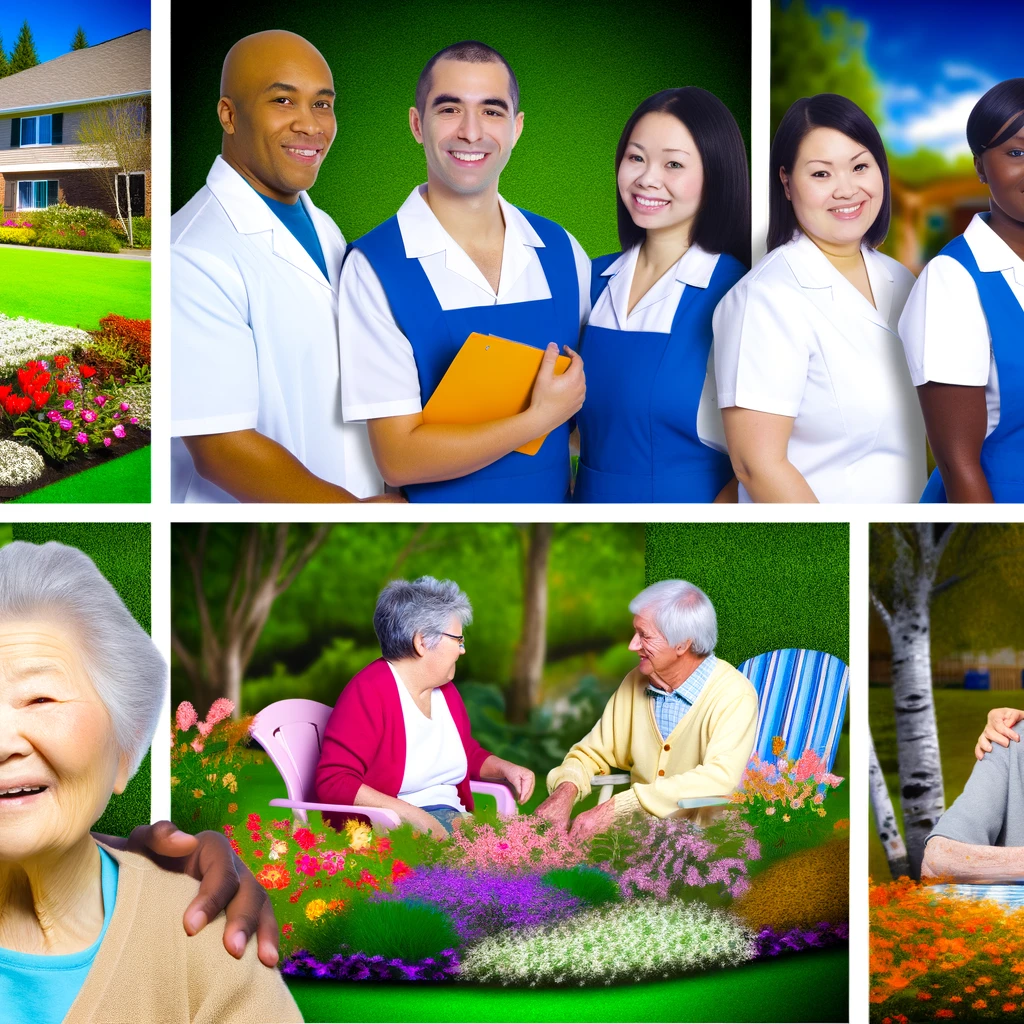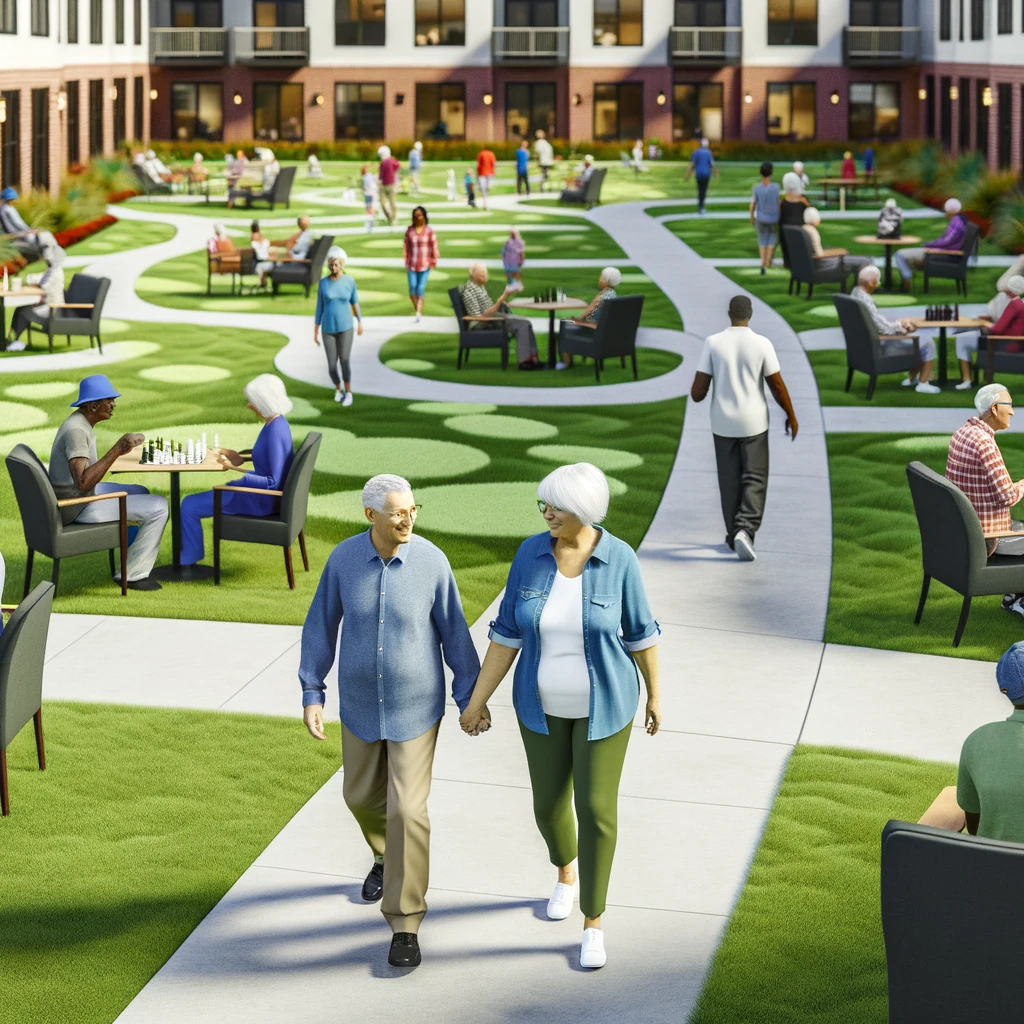
The Evolution of Senior Living Design
The concept of senior living design has evolved significantly over the past few decades. As the demographic of older adults continues to grow, the demand for thoughtfully designed living spaces that cater to their unique needs has become increasingly important. This article explores the latest trends and innovations shaping the future of senior living communities.
Understanding the Needs of Today's Seniors
Today's seniors are more active and engaged than ever before. They seek environments that support their lifestyles, promote health and wellness, and provide opportunities for social interaction. The modern senior living design focuses on these aspects, ensuring that residents enjoy a high quality of life.
Emphasis on Wellness and Health
One of the most significant trends in senior living design is the emphasis on wellness and health. This includes integrating features such as fitness centers, wellness programs, and access to health care services. Architectural designs now incorporate natural light, green spaces, and walking paths to promote physical activity and enhance mental well-being.
Technology Integration
Technology plays a critical role in modern senior living design. From smart home systems that provide safety and convenience to telemedicine services that offer easy access to healthcare professionals, technology is transforming how seniors interact with their living spaces. These innovations help improve the quality of life by providing greater independence and connectivity.
Innovative Design Elements
The design elements of senior living spaces have also undergone significant changes, reflecting a shift towards more personalized and comfortable environments.
Flexible Living Spaces
Flexibility in living spaces is a crucial trend in senior living design. Multifunctional rooms that can serve various purposes, such as entertaining guests or practicing hobbies, are becoming standard. This flexibility allows seniors to adapt their living spaces to meet changing needs.
Sustainable Design Practices
Sustainability is another major focus, with eco-friendly materials and energy-efficient systems being incorporated into senior living design. These practices not only reduce environmental impact but also lower operating costs, making them economically viable for both residents and management.
Community and Lifestyle
Creating a strong sense of community is essential in senior living environments. Design elements that foster interaction, such as communal dining areas and shared amenities, are vital in promoting a sense of belonging among residents.
Social and Cultural Activities
Senior living communities are increasingly offering a wide range of social and cultural activities. From art classes to group excursions, these activities are designed to keep residents engaged and socially active, which is key to enhancing overall well-being.
Intergenerational Opportunities
Intergenerational living is an emerging trend that brings together residents of all ages. By designing spaces that accommodate various age groups, senior living communities can foster meaningful interactions between residents and younger generations, enriching the lives of all involved.
The Future of Senior Living Design
The future of senior living design is promising, with ongoing innovations aimed at enhancing the lives of older adults. As designers and architects continue to push boundaries, the focus remains on creating environments that are not only functional but also enriching and inspiring.
In conclusion, the evolution of senior living design is driven by a deep understanding of the needs and desires of today's seniors. By embracing new trends and innovations, these communities can offer residents a fulfilling and dignified lifestyle, ensuring they thrive in their golden years.
Related Articles
